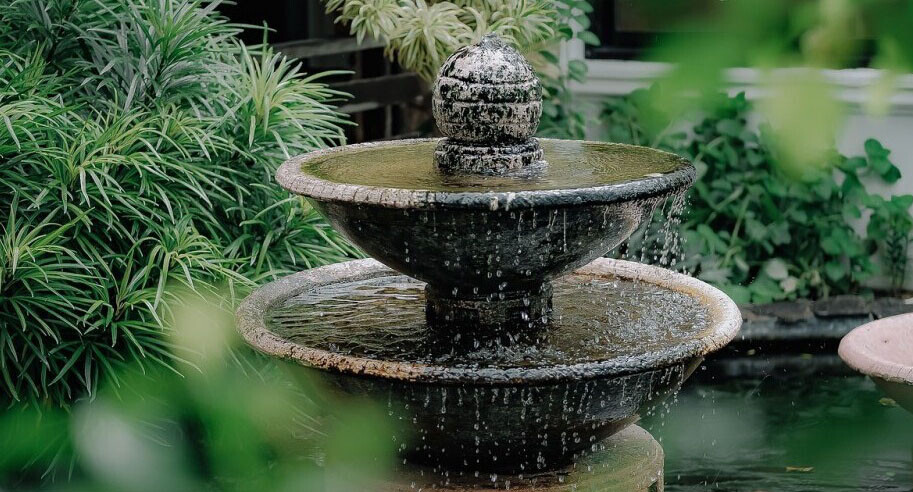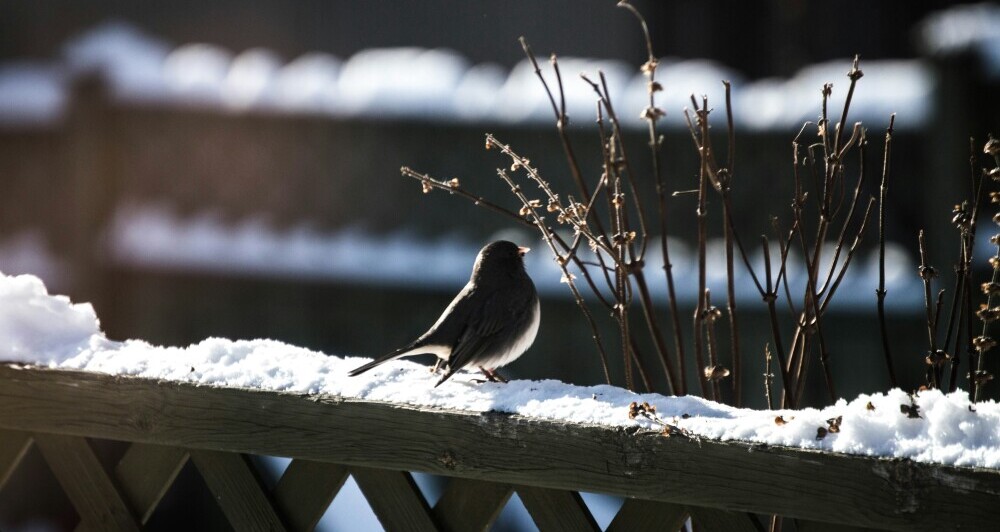Picking out the best plants for your pond involves more than just picking what looks pretty. It’s about understanding the environment and finding plants that thrive in wet conditions.
With ponds creating unique microclimates, it’s key to know which plants can handle the wet feet.
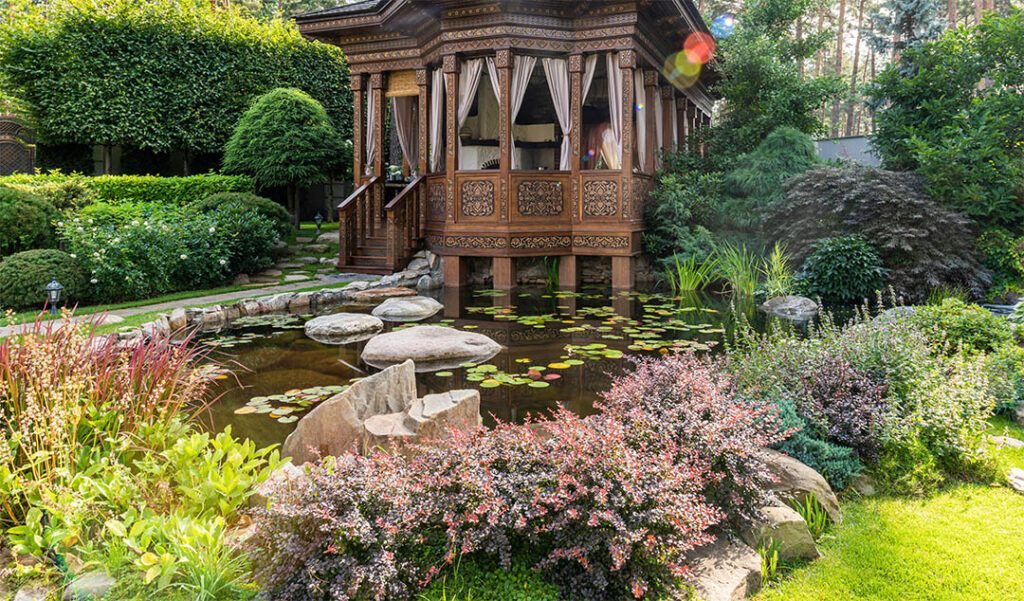
Microclimates around ponds can range quite a bit—think sunny spots, shady areas, and everything in between. The secret sauce to mastering your pondscape is to consider how these conditions affect plant growth. Some plants love basking in the sun, while others are more the cool, shady type.
Now, some plant varieties are just a no-brainer for ponds. Hostas, ferns, and irises often make the list because they’re not just lookers—they’re resilient and can take the moisture like a champ.
These plants tend to thrive due to their adaptability and the aesthetic charm they bring to your pond.
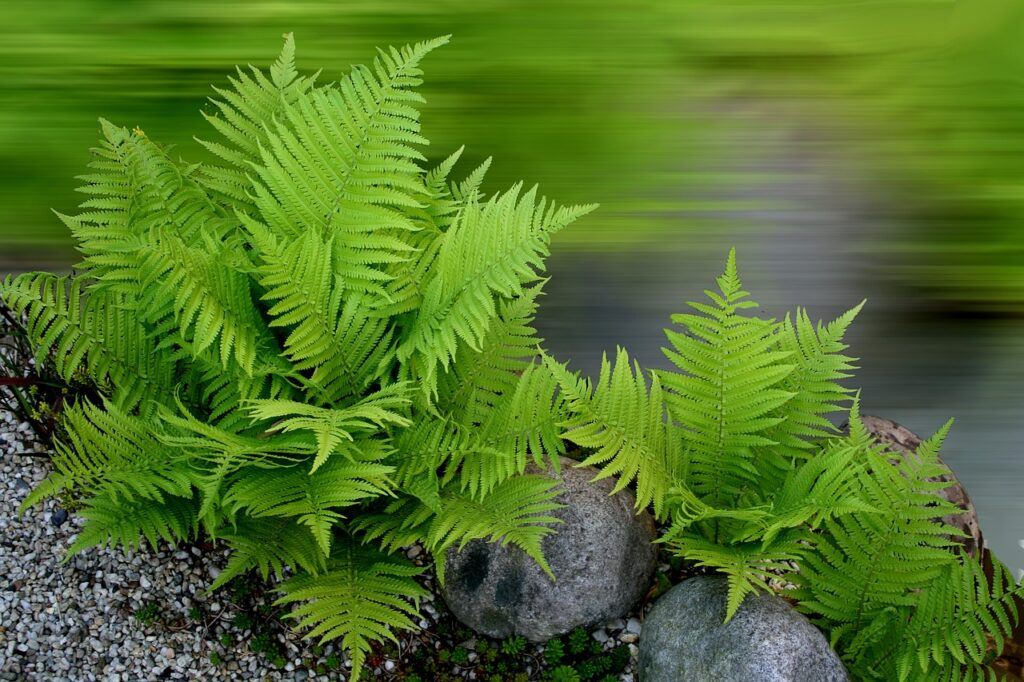
Remember, it’s not just about the vibe but functionality, too. The right plants don’t only up the aesthetic game; they contribute to the ecological balance of the pond.
Creating a space that’s as functional as it is beautiful is key. That means considering both the visual appeal and the health of your pond’s ecosystem.
Thriving Flora: What Grows Well Beside a Pond?
Ponds are like nature’s catch-all zones, where specific plant species really hit their stride. Pick the right plants, and you’ll see your pond transform into a vibrant scene rather than a muddy mess.
The trick here is knowing which plants play nice with all the extra moisture around ponds. Some species, especially the moisture-loving types, become big stars in this environment. They grow profusely and show off their beautiful foliage and even add some color with their blooms.
But before getting your hands dirty, think about whether you want tropical or native species. Tropicals can deliver an exotic vibe but can be tricky if your climate isn’t just right. On the flip side, native plants know the drill and typically require less fuss to thrive.
Water lilies, cattails, and marsh marigolds are solid picks to start with. These plants not only thrive on the edges but also establish a fantastic habitat for wildlife. Their ability to handle various water levels makes them real workhorses.
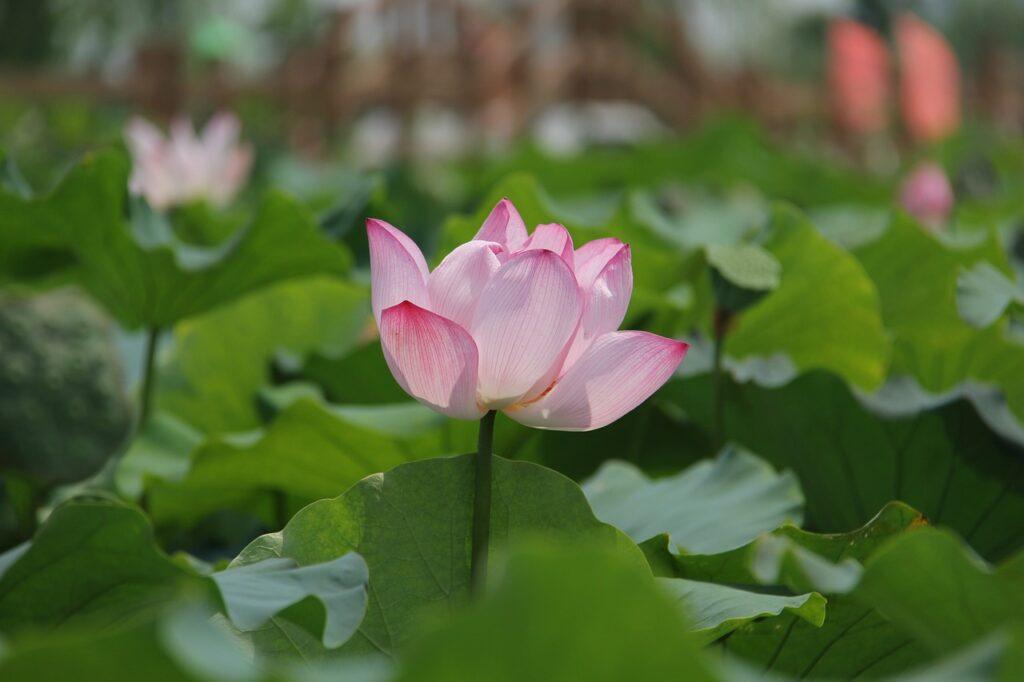
Successful pond-side planting is all about harmonizing these factors. Ensuring your plant selections suit your climate while appealing to the eye guarantees a lush, healthy pond area.
Combating Algae: Pond Plants That Keep Algae at Bay
Algae can be the sneaky villain in your pond ecosystem, turning clear waters into that dreaded green soup if left unchecked. While some algae is normal, too much can spell trouble for fish and plants. That’s where choosing the right pond plants can come to the rescue.
Certain plants naturally work as allies in the battle against algae because they use up the nutrients algae would otherwise thrive on. This means less food for those pesky algae blooms to munch on, keeping your pond clearer and healthier.
Water celery and frogbit are notable algae-busters. These plants absorb loads of nutrients and provide shade, which algae hate because it limits their sunlight exposure. They’re easy to grow and require minimal upkeep, making them a solid addition to any pond.
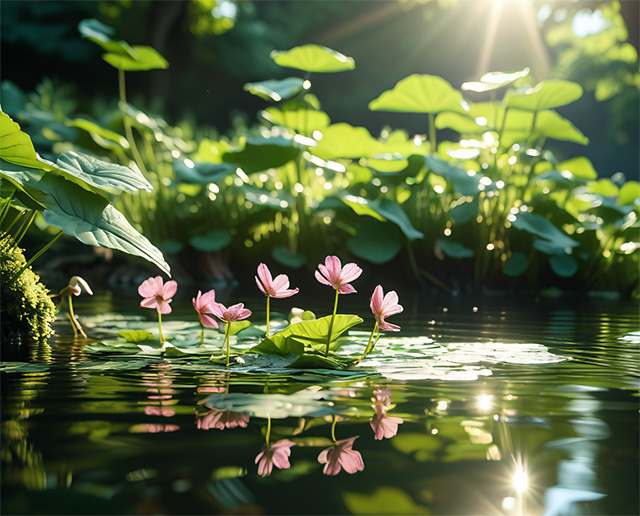
It’s not all about the plants, though. To really get a handle on algae, you need a game plan that involves consistent maintenance and monitoring. Regular cleaning, ensuring good water flow, and checking nutrient levels can really tip the scales in your favor.
By developing a strategy that incorporates these plant heroes alongside proactive pond care, you’re setting up a system that not only looks good but functions efficiently to keep algae at bay.
Diverse Ecosystems: The Biodiversity of Pond Plant Life
Ponds aren’t just pools of water; they’re bustling ecosystems brimming with life. From the teeniest microorganisms to the plants lining the edges, these components form a unique community that keeps the pond thriving.
Understanding the balance of pond ecosystems is crucial. Plants play a key role here by filtering water, offering habitat to tiny critters, and even helping shore up the banks. They create shelters for fish and insects, promoting a self-sustaining environment right in your backyard.
Dive into the world of oxygenators, marginals, and floaters, each group pulling its weight in the pond community.
Oxygenators like anacharis ensure there’s enough oxygen in the water, making it fish-friendly.
Marginals, often planted near edges, provide transition zones for wildlife entering and leaving the pond.
Floating plants, such as water lettuce and duckweed, offer shade and limit algae growth by blocking sunlight.
These plants add another layer of functionality to your pond, creating a dynamic, ever-changing landscape.
Real-life pond success stories often feature a strategic mix of these plant types. By opting for a diverse plant range, you not only enhance the beauty but also bolster the ecological health of the pond, making it a vibrant haven for various species.
Conclusion
Selecting the right plants for your pond is a delightful journey that combines aesthetics with ecological responsibility.
By understanding the unique microclimates around your pond, you can choose plants that not only thrive in wet conditions but also enhance the beauty of your landscape. Whether you opt for resilient natives like water lilies and cattails or exotic tropicals, the key is to create a harmonious environment that supports both plant health and the pond’s ecosystem.
Moreover, incorporating plants that combat algae and promote biodiversity will ensure your pond remains a vibrant and healthy habitat for wildlife. Regular maintenance and thoughtful plant selection will help you cultivate a thriving pond that serves as a stunning focal point in your garden.
Remember, a well-planned pondscape is more than just a pretty sight; it’s a living ecosystem that brings joy and tranquility to your outdoor space.


